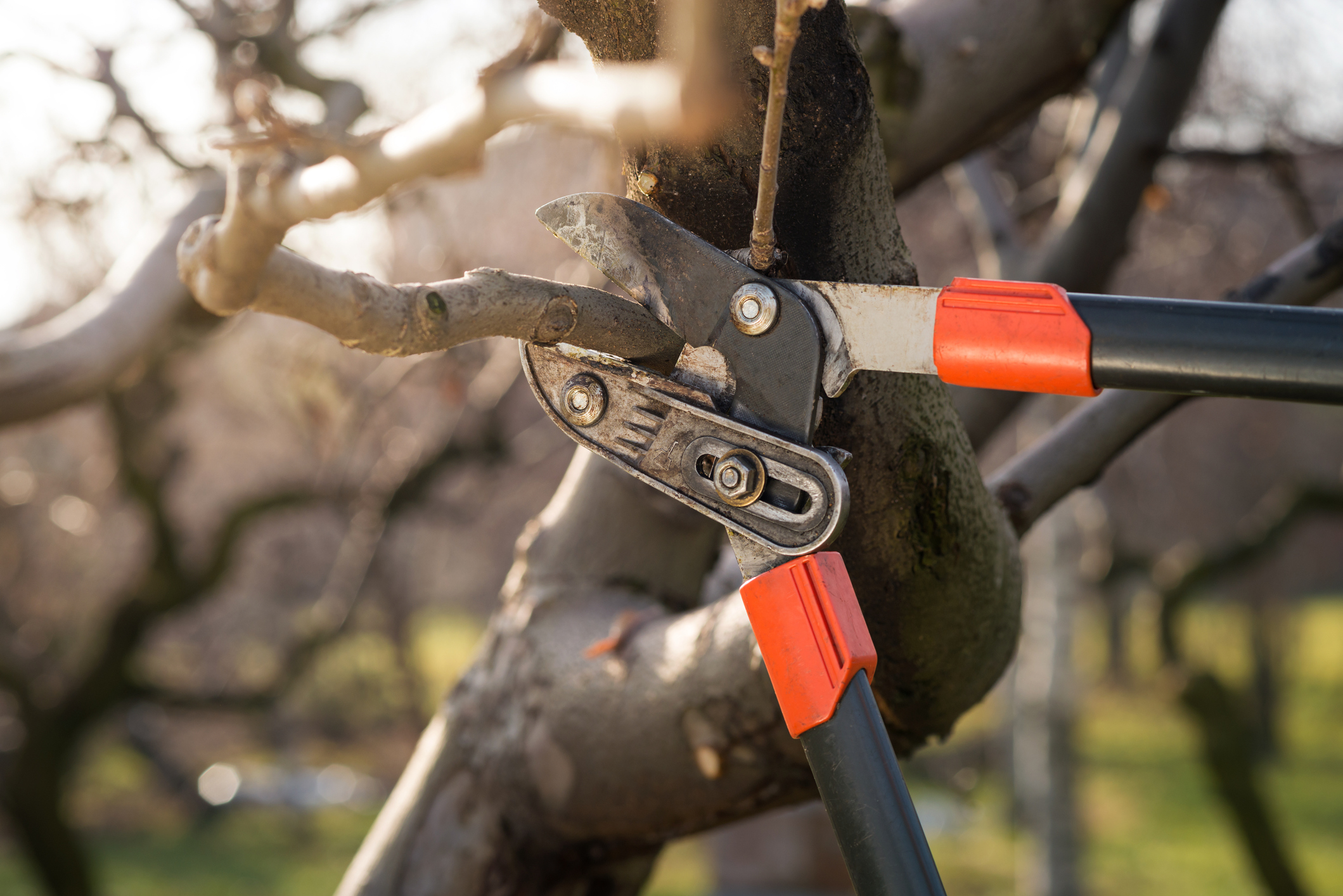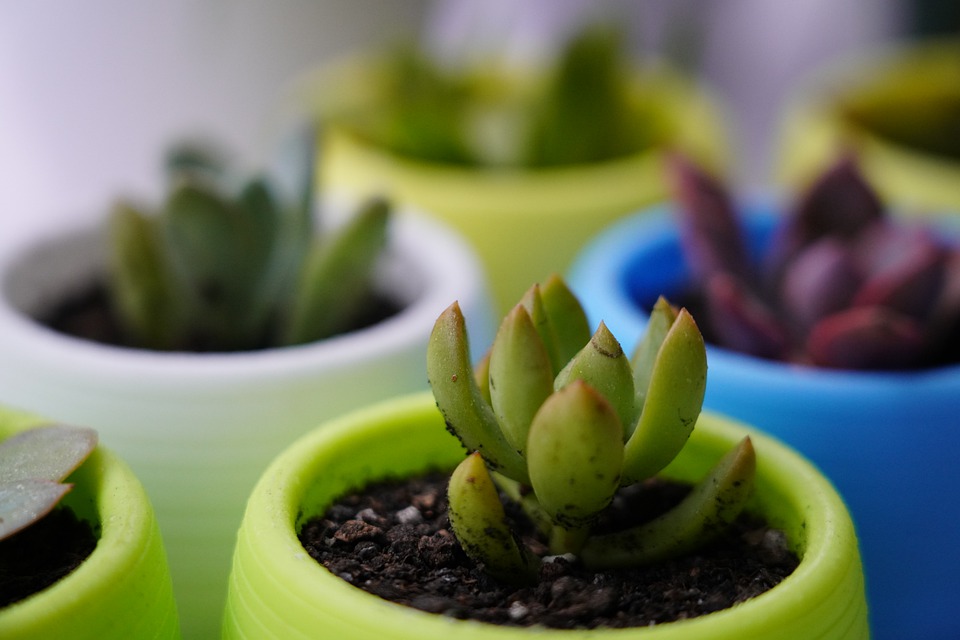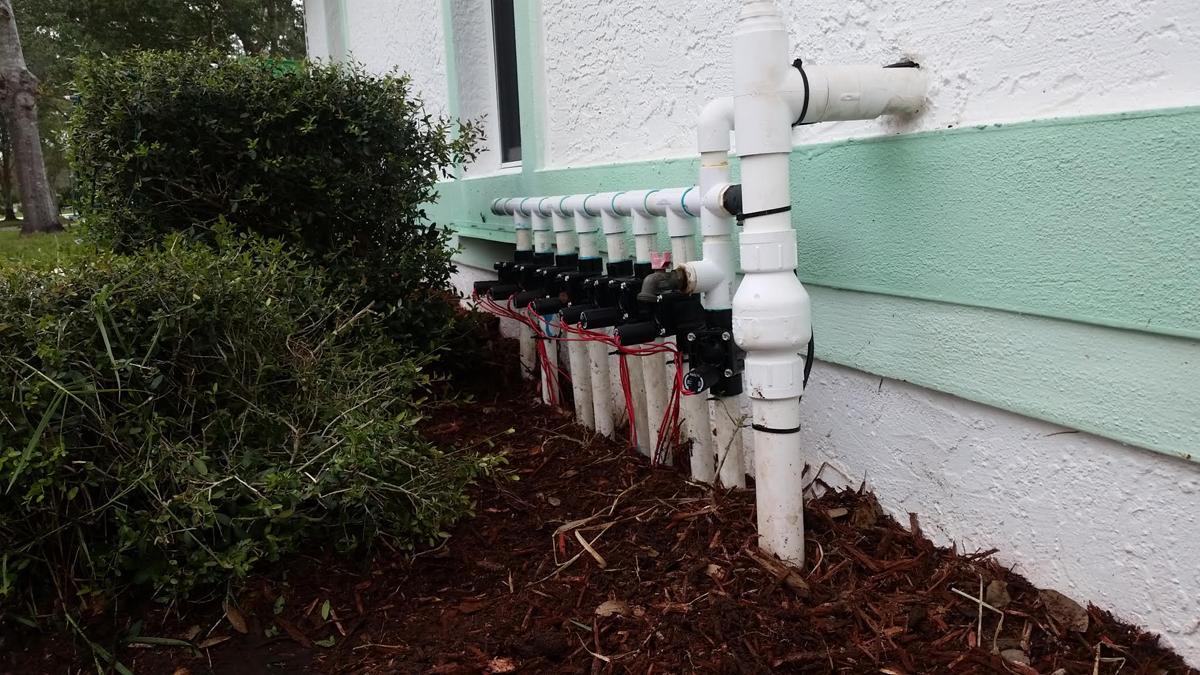You’ve probably always had a passion for gardening. But since you visited this orchid greenhouse, you fell in love with these gorgeous flowers and have done some extensive research on them. Long-lasting, delicate and brightly colored, you’ve discovered that they can be found in unlimited varieties and tones, including pink, white, fuchsia, yellow and purple. You’ve also found that orchids have different meanings attached to them, such as love and elegance, making them perfect gifts.
Because this flower is so unique, you wanted to grow your own at home, but you’ve also learned that orchids need special care, and you’re not sure how to do it. No need to worry anymore! Taking care of orchids isn’t that difficult, and in this article, we’ve put together some tips to help you grow them the right way.
Growing Them
You would be surprised to know how many types of orchids there are around the world. In fact, there are more than 20000! Yes, you’ve read that right! And growing them properly depends on several different factors, and you should be well prepared even before putting them into soil.
The Right Pot
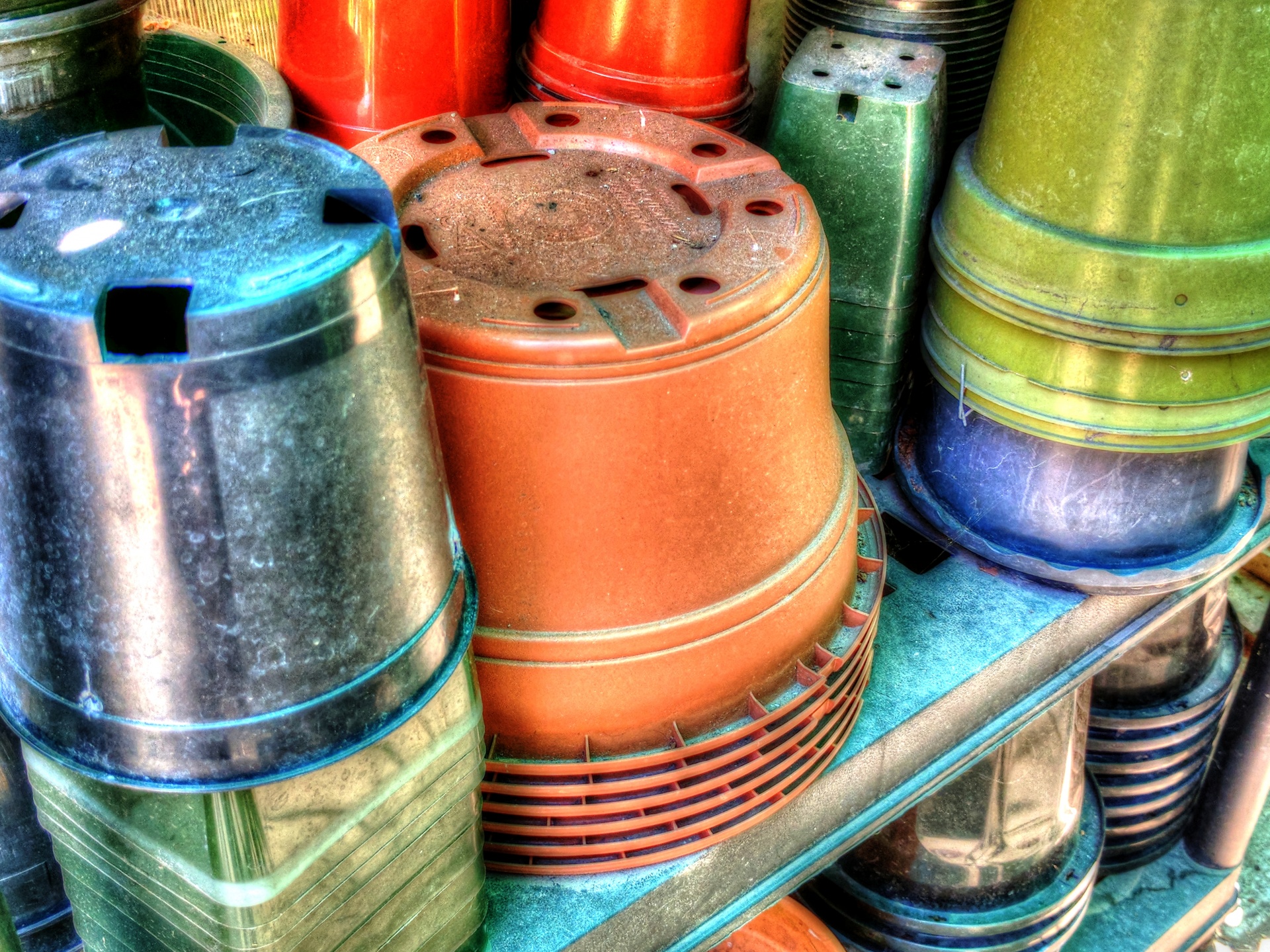
Orchids must be grown in the right pot, which means one that will be well-drained. That is, the pot must have a lot of holes in its base so that any surplus of water drains away completely.
Appropriate Soil
The pot is not the only thing that needs to be well-drained if you want your orchids to flourish: your soil also needs to be fast draining. You can use either a bark mix (made from tree trunks and water-retaining materials such as coconut chips) or a moss base, but whichever you choose will determine the type of care you will provide for your orchids. For example, soil made from bark will require them to be watered more frequently than soil made from moss, which retains water longer and therefore needs less watering.
An Ideal Temperature
Orchids have a higher potential for growth in an area where the temperature varies from 16 to 24 degrees Celsius. We also recommend combining these warm temperatures with good air circulation to obtain large and beautiful buds.
Adequate Position for Light
To flourish, orchids require a lot of light, but not direct sunlight. Ideally, the plants should be placed in a place facing east or south. If they are oriented to the west, the light will be too intense for the flowers, and if they are directed to the north, they will not have enough light.
Watering Them
As mentioned above, your orchids’ watering depends on your potting base but also on your climate and moisture level. A common mistake is overwatering your flowers, which you would like to avoid. In general, orchids can be watered every two or three days, but if you don’t know whether to water them or not, you can do it by feeling if the soil is wet. Gently put your finger in the soil and notice that you don’t need to water them if there is still moisture.
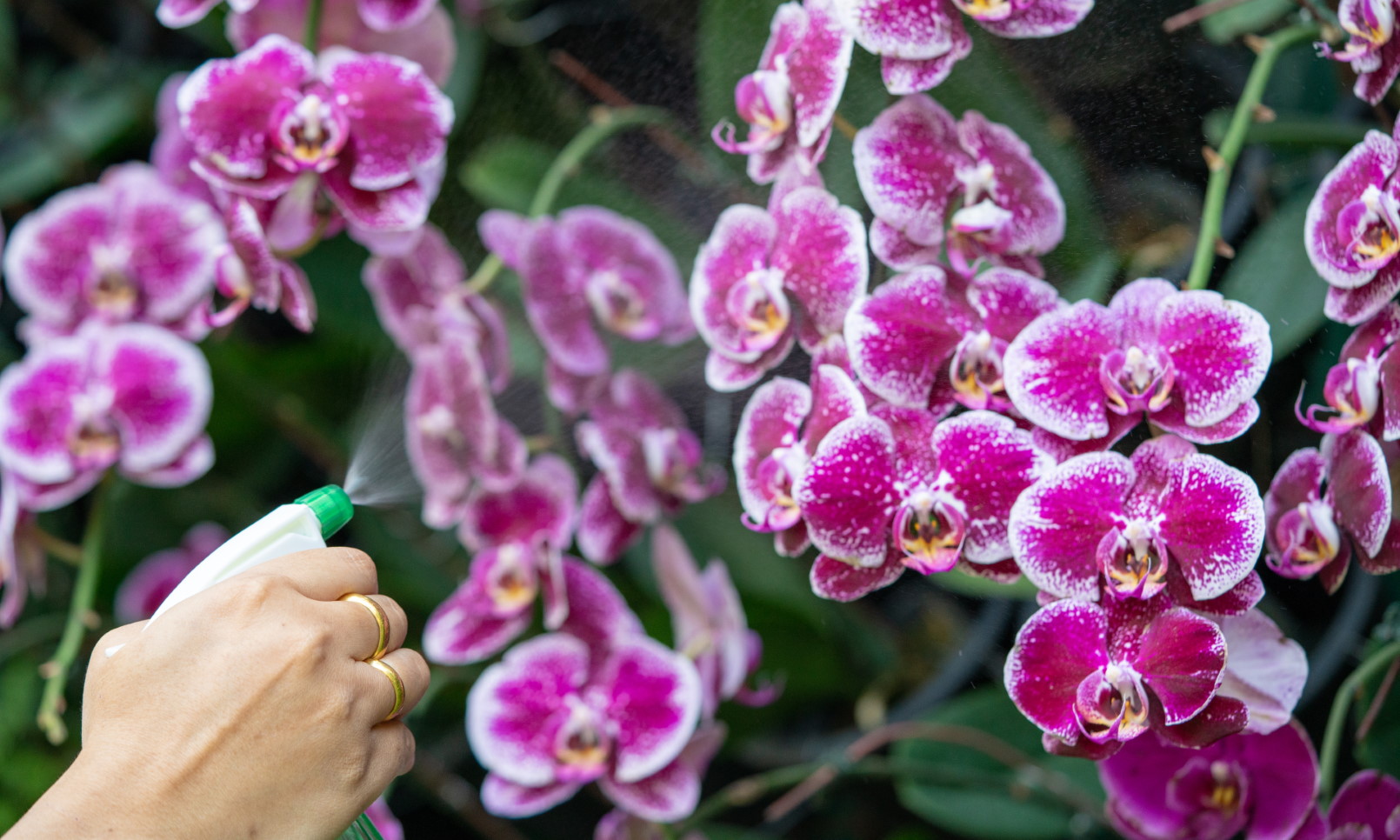
When you live in a dry climate where humidity is less than 40%, you can use a spray bottle to vaporize your orchids every day lightly.
Post-Flowering Care
To preserve the life of your orchids once you have seen them bloom, you must continue to give them the appropriate care. You will need to keep watering, feeding, and pruning them as needed. We also suggest that you give them a fresh start by repotting them.
Fertilizing and Pruning
A fertilizer will give your orchids the boost they need to bloom again. Depending on the variety you are growing, you can feed your plant with some natural compost every week or every month.
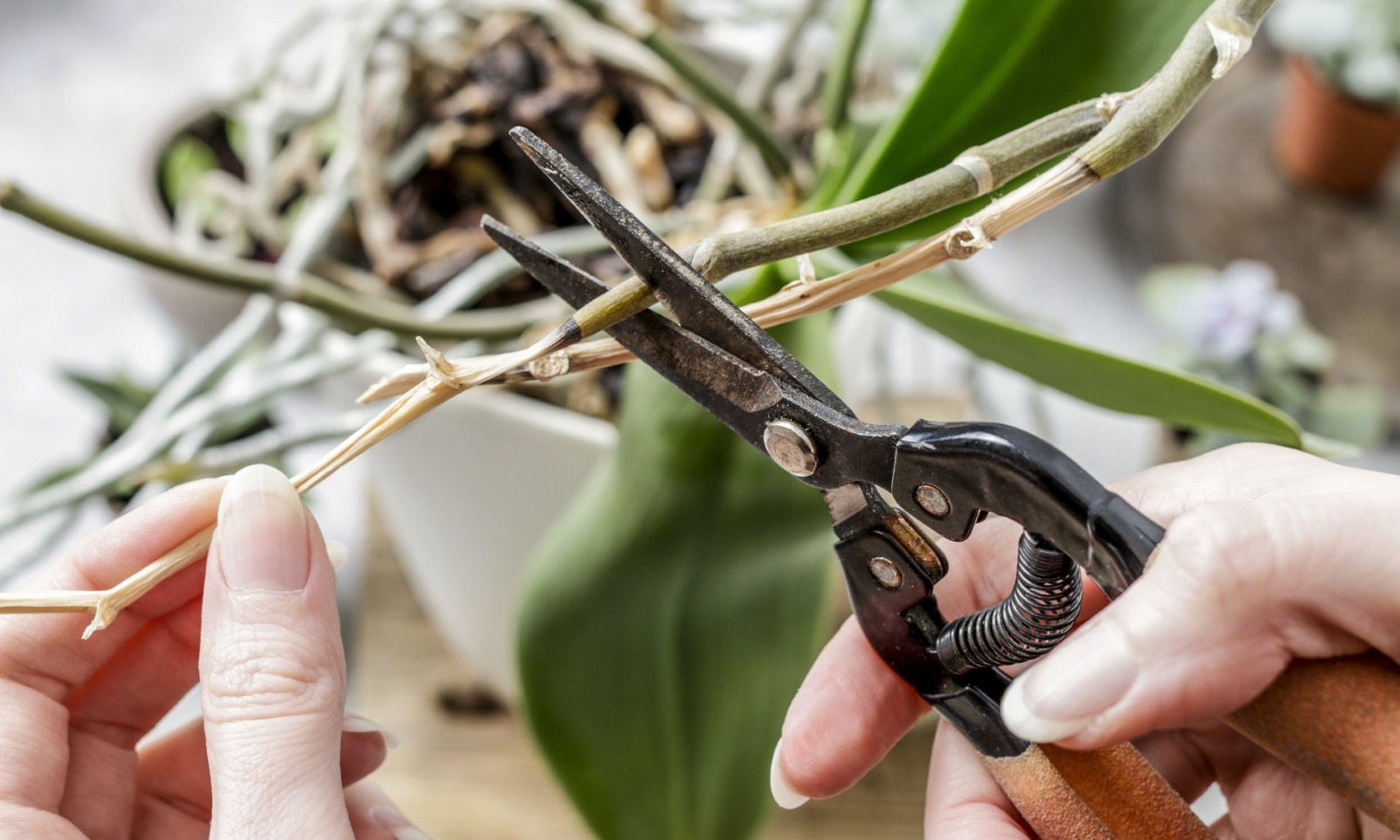 It will also be imperative to prune the stem of your orchids once the flower is dead. Just cut off the old flower top near the base of the stem to let the orchid rebloom.
It will also be imperative to prune the stem of your orchids once the flower is dead. Just cut off the old flower top near the base of the stem to let the orchid rebloom.
With these tips, you are now ready to care correctly for your orchids. Don’t forget to leave a comment below if you have any more tips for growing fabulous orchids.

